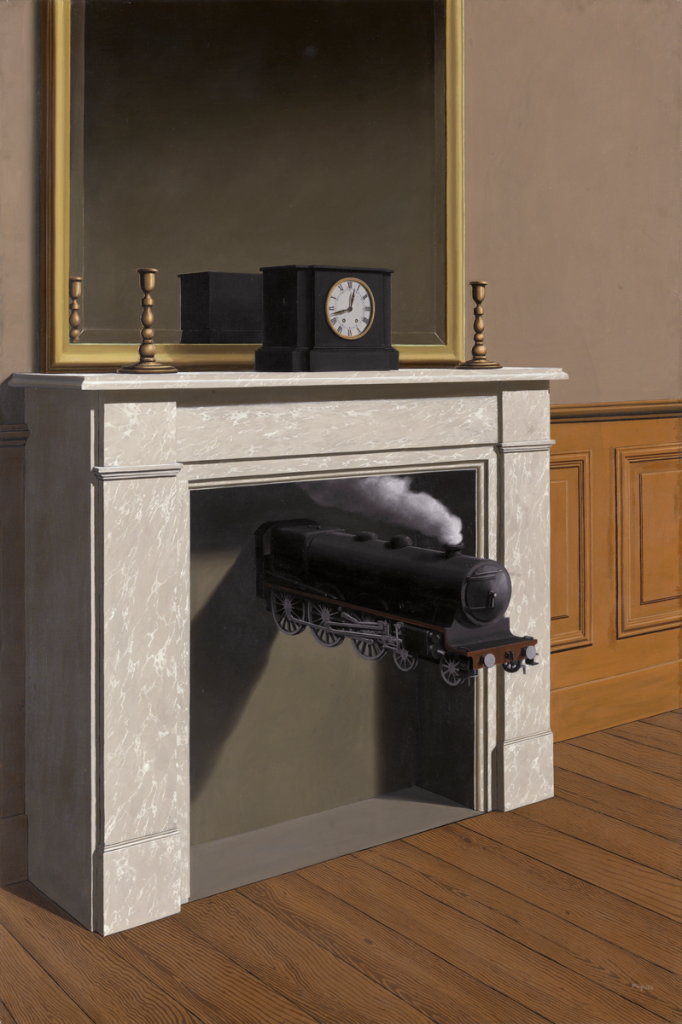
A major exhibition exploring the international Surrealist art movement is the subject of an ambitious and expansive exhibition at Tate Modern. Surrealism Beyond Borders explores how, from its beginnings in Paris in the 1920s, Surrealism evolved into the 1970s becoming an interconnected global movement.
Two of the most iconic works in the show associated with the revolutionary idea of Surrealism, Salvador Dalí’s Lobster Telephone and René Magritte’s Time Transfixed, have connections with the patron Edward James whose Sussex home was West Dean, now the famous college. Edward James encountered and embraced Surrealism through his friendship with Magritte.
Tate’s exhibition has been curated in collaboration with the Metropolitan Museum of Fine Art in New York. It examines how Surrealism came into being in Paris around 1924 generating poetic and humorous works as artists set out to de-familiarise the familiar. Inspired by Sigmund Freud they looked to dreams to unlock the unconscious mind. It also explores an international, evolving narrative of how Surrealism continues to be embraced by artists across the world to promote political, social and personal freedoms, often providing a voice for change.
I first encountered Salvador Dalí’s playful Lobster Telephone at West Dean. Dalí produced it to contrast with the formal grandeur of Edward James’s Wimpole Street, London home where sober rooms were theatrically transformed.
It was the critic Herbert Read, and writer and Surrealist artist Roland Penrose who, through the 1936 International Surrealist Exhibition in London, first introduced the concept to the British public.

Edward James invited Magritte to paint a number of works for his ballroom in London. Time Transfixed was the result. The viewer cannot fail to be delighted by the contrast of Magritte’s precise realism and the surprising juxtapositions and scale of seemingly unrelated elements. The artist would later explain ‘I decided to paint the image of a locomotive…In order for its mystery to be evoked, another immediately familiar image without mystery—the image of a dining room fireplace—was joined.’ I am always captivated by the subtle conceits of this painting: the smoke rises from the locomotive up the chimney as though it is emerging from a tunnel and only one candlestick has a reflection in the mirror.
Magritte hoped it would hang on the staircase to ‘transfix’ visitors but Edward James hung it above one of his own fireplaces.
This Surrealist exhibition has the power to transfix and runs at Tate Modern until 29th August 2022. To find out more and to book tickets visit tate.org.uk.